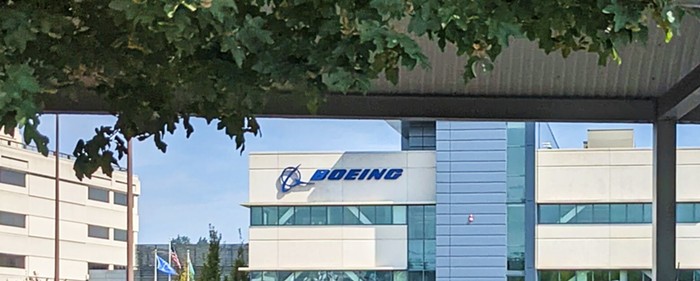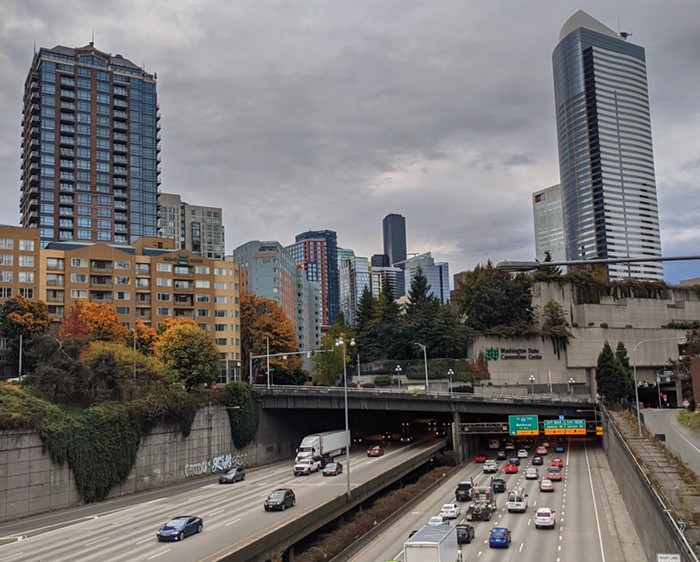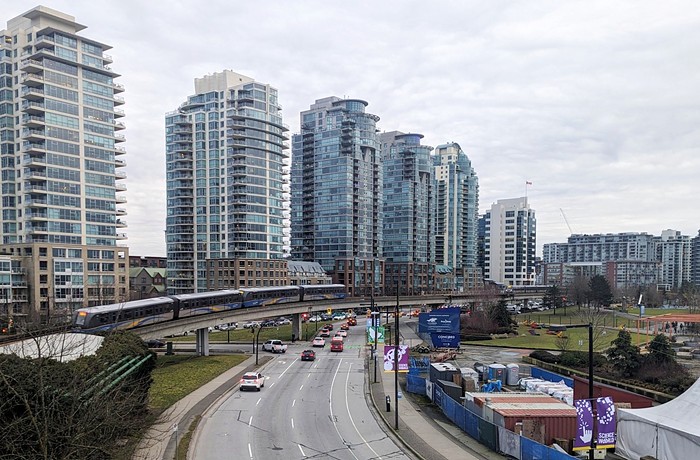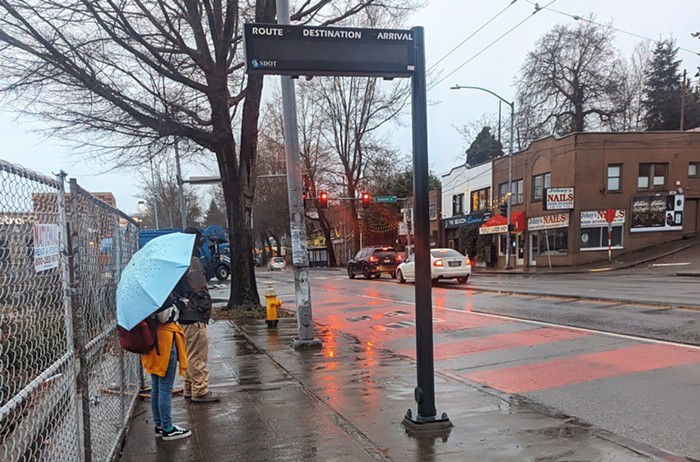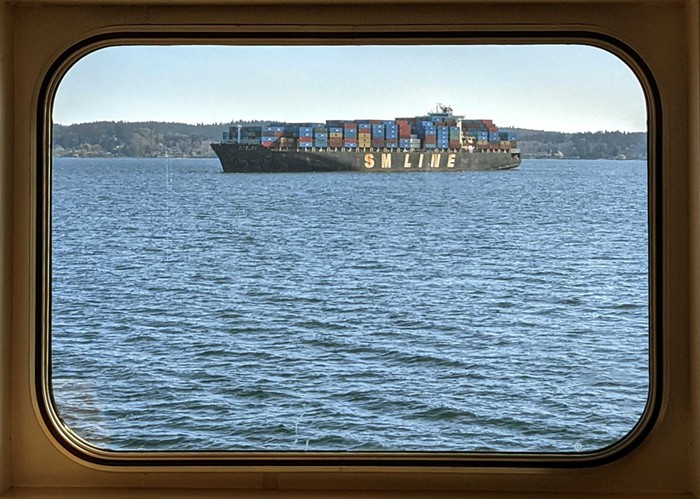
The thing we should do, now that the city has saved Pronto, Seattle's troubled bike sharing system, is to integrate it with our public transportation networks. This can be done physically, as is the case with the Pronto station at Capitol Hill Station, and also economically by making the bikes accessible with ORCA cards. (I know there has been some talk about this in the City Council, but according to Heidi Groover, who has been covering these and related developments, no one but Kshama Sawant is taking this line of thinking at all seriously.)
But failure to see the importance of this idea only shows how poorly one appreciates the transitional barriers of urban mobility. The presence of these barriers in public transit represents the old mobility, which, as Charles Montgomery points out in his superb book Happy City, is tied to a car-centric urbanism. The new mobility reduces these barriers and increases options for mobility. And a very effective way to reduce transitional barriers is the universal access card.
Montgomery describes what happened in Paris when such a card was offered:
Paris introduced the Carte d’Orange, a combination subway pass and identity card that gave its holder unlimited access to all of the city’s public transportation for a flat monthly rate. The system did not make rides much faster or cheaper, but it chipped away at the anxiety and effort associated with each transit trip. No more fumbling for change or waiting in line for surly ticket agents. Within a year, bus ridership jumped by 40 percent. Gradually the card underwent a series of dynamic upgrades, evolving by 2008 into the Navigo pass, a chip-embedded ID card. With a wave of your Navigo card over an electronic reader, you can ride any Métro, bus, airport shuttle, regional train, express train, or tram in the city.
What this way of urban thinking knows very well and deeply is that many of these cars clogging our streets and making mobility difficult for everyone would not be around if the greatest amount of effort didn't go into making that form of transportation (automobility) as convenient and accessible as possible. If the same effort does not go into making other forms of transportation as convenient and accessible as cars, then you will continue to be stuck in the old mobility and with a bike share program that's going nowhere soon.


